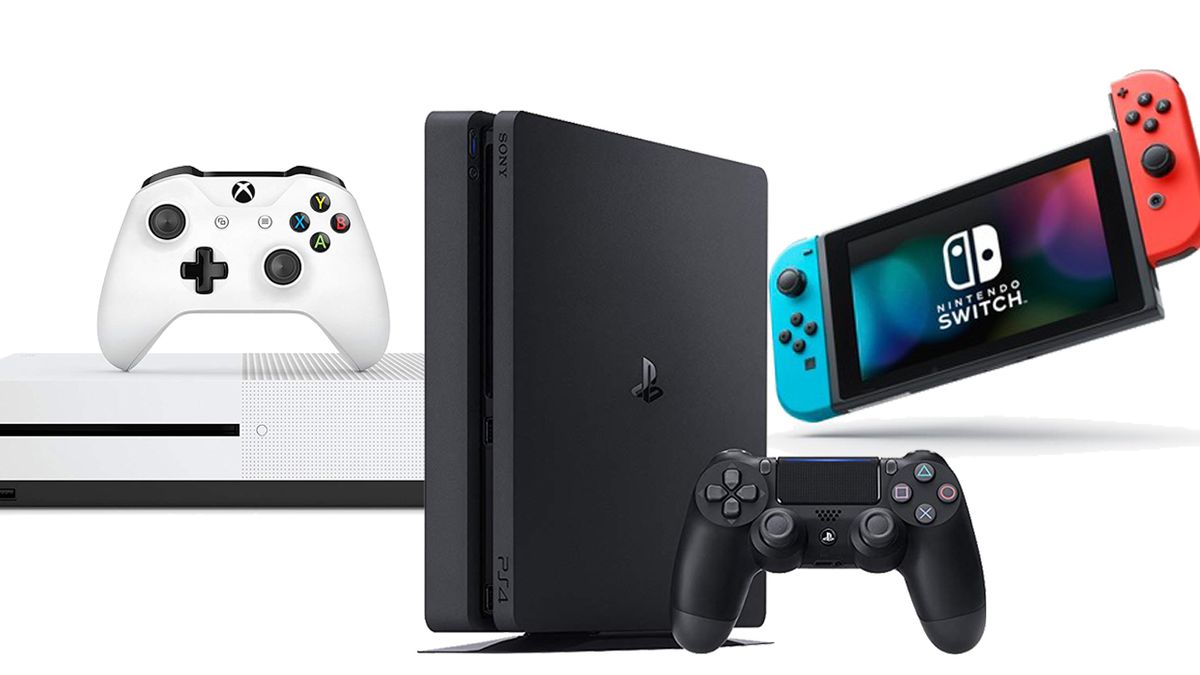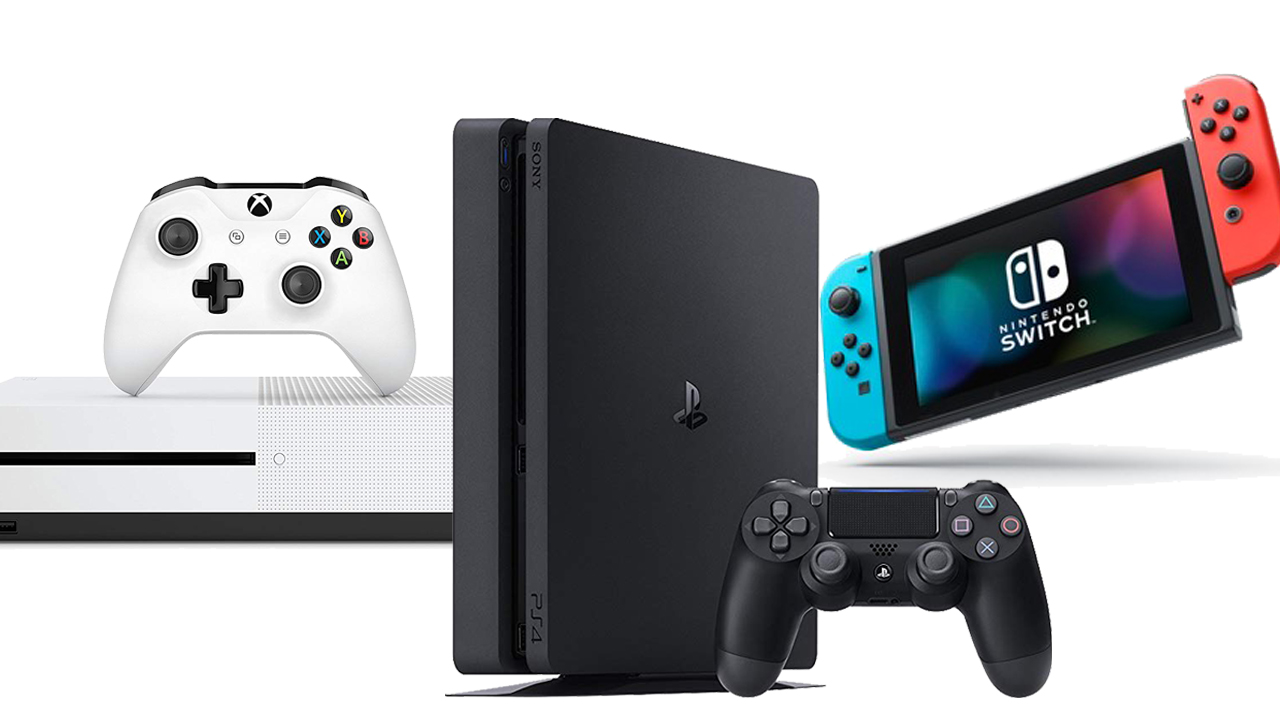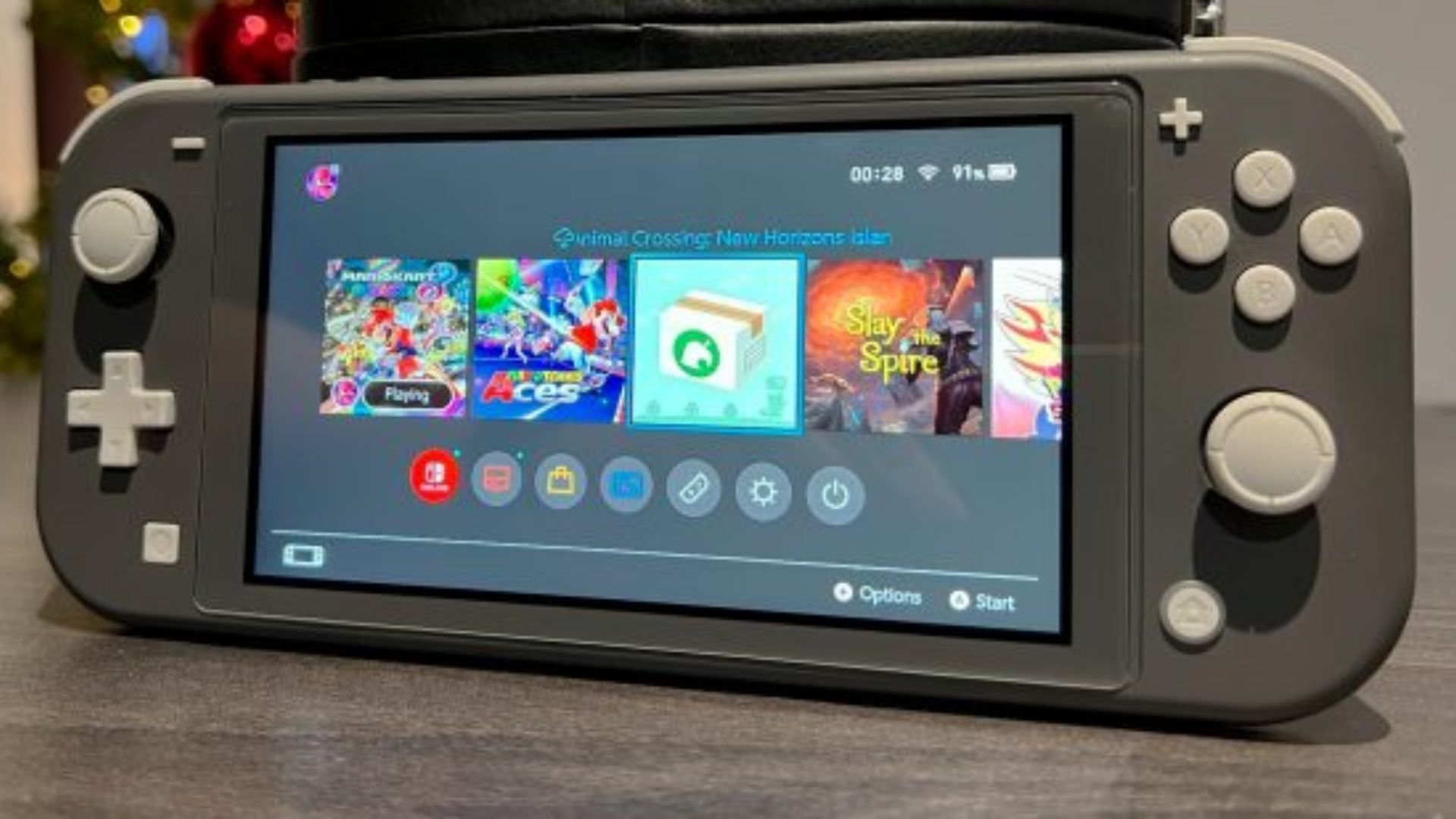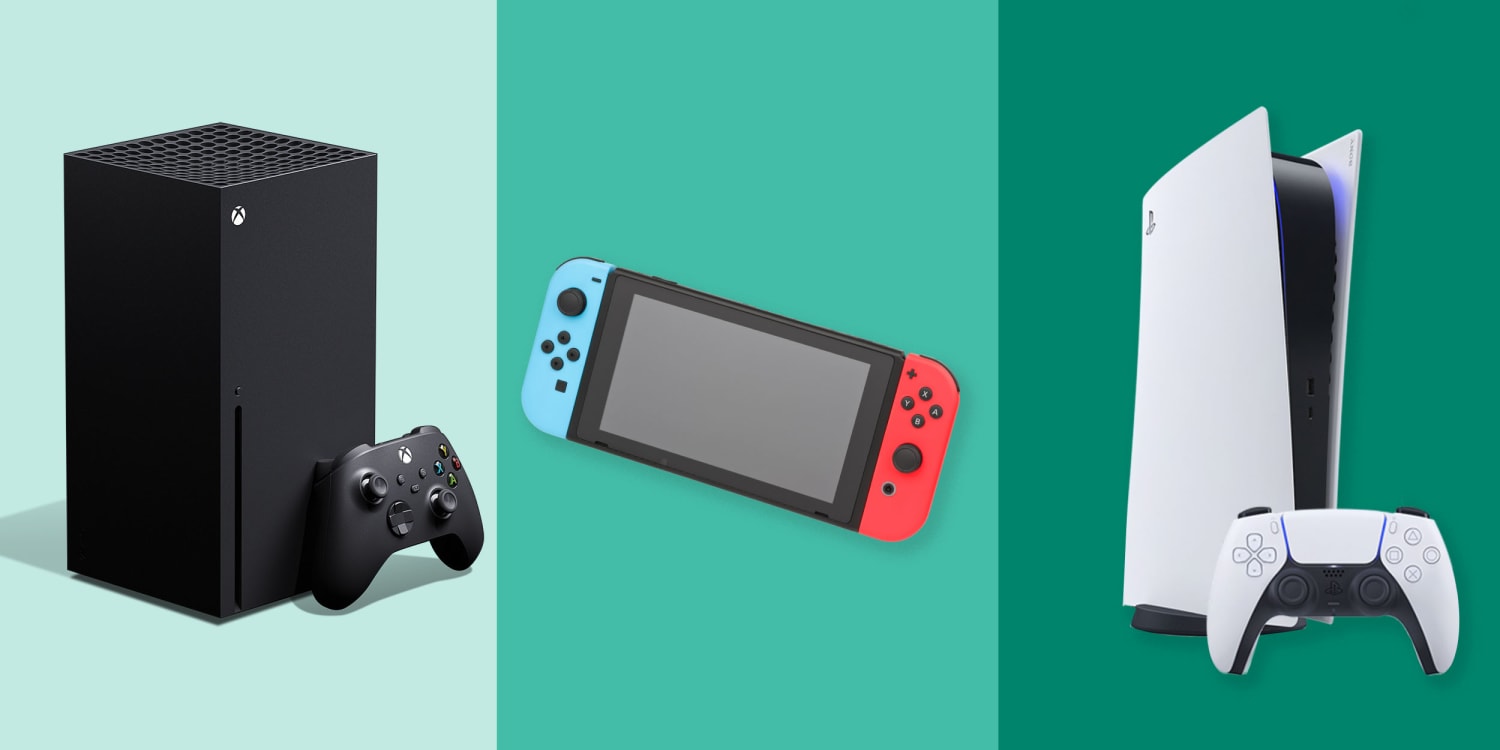

How to Choose the Right Gaming Console for Your Child: A Parent’s Guide
The world of video games can be an exciting and engaging place for children, offering everything from creative outlets and problem-solving challenges to social connection and pure, unadulterated fun. As a parent, you might be considering introducing your child to this world with their first gaming console. But step into an electronics store or browse online, and you’re immediately faced with options: PlayStation, Xbox, Nintendo Switch, different models, various features, and a dizzying array of games. How do you choose the right one for your child?
It’s a decision that involves more than just picking the most popular or powerful system. The ideal console is one that fits your child’s age and interests, aligns with your family’s values and budget, and offers features that you, as a parent, feel comfortable with, especially regarding safety and screen time management.
This guide will break down the key factors to consider and look at the main console options available today, helping you make an informed decision that brings joy and positive experiences to your child and family.
Why Consider a Gaming Console? (Beyond Just Fun)
Before diving into the options, it’s worth acknowledging the potential benefits of gaming. While managing screen time is crucial, modern video games can offer:
-
- Problem-Solving & Critical Thinking: Many games require strategic planning, resource management, and overcoming complex puzzles.
- Creativity: Games like Minecraft or Roblox allow children to build and design entire worlds.

- Hand-Eye Coordination & Reflexes: Fast-paced games can improve motor skills and reaction times.
- Social Connection: Online multiplayer games allow children to play with friends, fostering teamwork and communication (with appropriate supervision).
- Learning: Some games incorporate historical facts, mythology, or physics principles.
- Storytelling & Empathy: Narrative-driven games can expose children to complex characters and emotional themes.

Understanding these potential upsides can help frame the decision not just as buying a toy, but as investing in a potential source of development and connection.
Understanding the Main Players
Currently, the console market is dominated by three major platforms, each with its own strengths, target audience, and game library:
-
- Nintendo Switch: Known for its unique hybrid design (can be played on a TV or as a handheld), family-friendly focus, and iconic exclusive characters like Mario, Zelda, and Pokémon.

- PlayStation (PS5): A powerful home console known for high-fidelity graphics, cinematic single-player adventures, and a vast library of games across many genres.
- Xbox (Xbox Series X/S): Also a powerful home console, recognized for its robust online services (especially Game Pass), strong performance, and integration with PC gaming.
Each console has variations (like the Switch Lite or Xbox Series S), but these are the core platforms.
Key Factors to Consider When Choosing
Now, let’s delve into the specific questions you should ask yourself when evaluating these options for your child.
1. Your Child’s Age and Maturity
This is perhaps the most critical factor.
- Younger Children (Under 8): For this age group, simplicity, ease of use, and a strong library of age-appropriate games are paramount. Nintendo Switch excels here with its intuitive interface, motion controls, and vast library of colourful, non-violent, and educational games featuring beloved characters. Games are often designed for co-op play with parents or siblings.
- Older Children (8-12): This age range opens up more options. While the Switch remains excellent, children might start showing interest in games available on PlayStation or Xbox. Consider their ability to handle more complex controls and potentially more mature themes (always check game ratings!). Parental controls become increasingly important as they might access online features.
- Teenagers (13+): Teenagers will likely have preferences based on what their friends play and the types of games they enjoy (sports, action, RPGs, online multiplayer). All three consoles are viable, but PlayStation and Xbox often have a wider selection of games rated T (Teen) and M (Mature), which may be their interest. Discussing their preferences and understanding game ratings is essential.
Action Point: Research game ratings (ESRB in North America, PEGI in Europe) and understand what they mean. Look up games your child is interested in and check their ratings and content descriptors.
2. Your Child’s Interests (What Kinds of Games Do They Like?)
Does your child light up at the thought of exploring magical kingdoms with Link (Zelda)? Do they dream of building massive structures (Minecraft)? Are they competitive and love sports games (FIFA, NBA 2K) or racing? Do they enjoy playing with friends online, or are they more into solo adventures?
- Nintendo Switch: Best for platformers (Mario), adventure (Zelda), RPGs (Pokémon), party games (Mario Kart, Mario Party), creative games (Animal Crossing), and games playable with motion controls. Great for local multiplayer.
- PlayStation & Xbox: Offer a much broader spectrum of genres, including realistic sports simulations, first-person shooters, complex RPGs, racing simulators, and vast open-world games. They also get most major third-party releases (games not made by the console manufacturer) like Fortnite, Apex Legends, Call of Duty, FIFA, etc.
Action Point: Talk to your child! Ask them what games their friends play or what games they’ve seen that look fun. Watch gameplay videos together on YouTube.
3. Your Family’s Budget
The cost isn’t just the console itself. Consider:
- Console Price: The base price of each console varies (Switch Lite < Xbox Series S < Nintendo Switch/Xbox Series X/PS5).
- Game Prices: New games typically cost $50-$70 USD. Physical copies can sometimes be found cheaper or traded. Digital sales happen regularly.
- Subscription Services: All consoles require a paid subscription for most online multiplayer: Nintendo Switch Online, PlayStation Plus, and Xbox Live Gold (often bundled into Game Pass tiers). These services often include free monthly games or access to a library of titles. Xbox Game Pass is particularly known for its value, offering access to hundreds of games for a monthly fee.
- Accessories: Extra controllers (crucial for multiplayer), headsets (for online chat), charging docks, and storage expansion can add significant costs.
Action Point: Calculate the estimated total cost for the first year, including the console, 2-3 games, a subscription service, and perhaps an extra controller.
4. Portability Needs
Does your child want to play only in the living room on the main TV, or would they benefit from being able to play in their bedroom, on long car rides, or during visits to grandparents?
- Nintendo Switch: This is its defining feature. The standard Switch can seamlessly transition from being docked to a TV to being played handheld. The Switch Lite is only a handheld device, more affordable but less versatile for family TV play.
- PlayStation & Xbox: These are traditional home consoles designed to be connected to a TV. While remote play options exist (playing on a phone, tablet, or PC over your home network), they are not truly portable in the way the Switch is.
Action Point: Assess where and how your child is most likely to want to play.
5. Parental Controls and Safety Features
All modern consoles offer robust parental control systems. You should investigate what each platform allows you to do:
- Restrict Play Time: Set daily or weekly limits.
- Limit Access to Games by Rating: Block games above a certain ESRB/PEGI rating.
- Control Online Interactions: Restrict online multiplayer, limit communication with strangers, manage friend requests.
- Manage Spending: Require passwords for purchases or set spending limits on the console’s digital store.
- Monitor Activity: Some systems allow you to see what games are being played and for how long.
Action Point: Look up the specific parental control features for the consoles you are considering. Understand how to set them up and manage them effectively before the console is in your child’s hands.
6. Online Gaming and Social Interaction
Is playing with friends a primary motivator for your child?
- All three consoles support online multiplayer, but the experience and required subscriptions differ.
- Xbox is often praised for its online infrastructure and services like Game Pass, which includes online play and a large library of games accessible online.
- PlayStation has a large online community and specific features like Party Chat.
- Nintendo’s online service is generally considered less feature-rich than PS or Xbox, though it works fine for playing their specific online games.
Action Point: If online play with friends is key, see which console their friends primarily use. Also, thoroughly understand the online safety features and discuss online etiquette with your child.
7. Exclusive Games
Each console has games that are only available on that platform. These “exclusives” can be major system sellers.
- Nintendo: Mario, Zelda, Pokémon, Metroid, Animal Crossing, Super Smash Bros., Splatoon, Kirby, etc. These are often family-friendly and universally appealing.
- PlayStation: God of War, Spider-Man, The Last of Us, Horizon Forbidden West, Gran Turismo, etc. Often critically acclaimed, narrative-driven, and aimed at slightly older players (though many have Teen ratings).
- Xbox: Halo, Forza Motorsport/Horizon, Gears of War, Fable (upcoming), Starfield (console exclusive), etc. Strong in shooters, racing, and RPGs, with many also available on PC.
Action Point: Are there any must-play games that your child is specifically asking for or that you know they would love? Check which console they are on.
8. Future-Proofing and Longevity
Consider how long you expect the console to be relevant.
- The PlayStation 5 and Xbox Series X/S are the current generation of powerful home consoles, released in late 2020. They are expected to be the primary platforms for major new games for many years to come.
- The Nintendo Switch was released in 2017. While still incredibly popular and actively supported with new games, it is older hardware. A successor console from Nintendo is anticipated in the coming years, although the current Switch models will likely remain relevant for a while, especially for Nintendo’s own game library.
Action Point: Decide if you want the latest technology with a longer expected lifespan for new releases (PS5/Xbox) or if the unique features and existing library of a console like the Switch are more appealing, even if a new model might be on the horizon.
Making the Final Decision
Once you’ve considered these factors, you should have a clearer picture.
- If portability, family-friendly local multiplayer, and iconic Nintendo characters are top priorities, the Nintendo Switch is likely the best fit, especially for younger children.
- If your child is older, wants the latest graphical fidelity, enjoys cinematic single-player experiences, or specific PlayStation exclusives, the PlayStation 5 is a strong contender.
- If your child is older, enjoys online multiplayer, is interested in the value of Game Pass, plays games on PC as well, or prefers Xbox exclusives, the Xbox Series X/S is a great choice.
It can also be helpful to involve your child in the process, showing them gameplay videos of games available on different platforms and explaining the pros and cons in age-appropriate terms.
Setting Healthy Boundaries
Regardless of which console you choose, establishing clear







